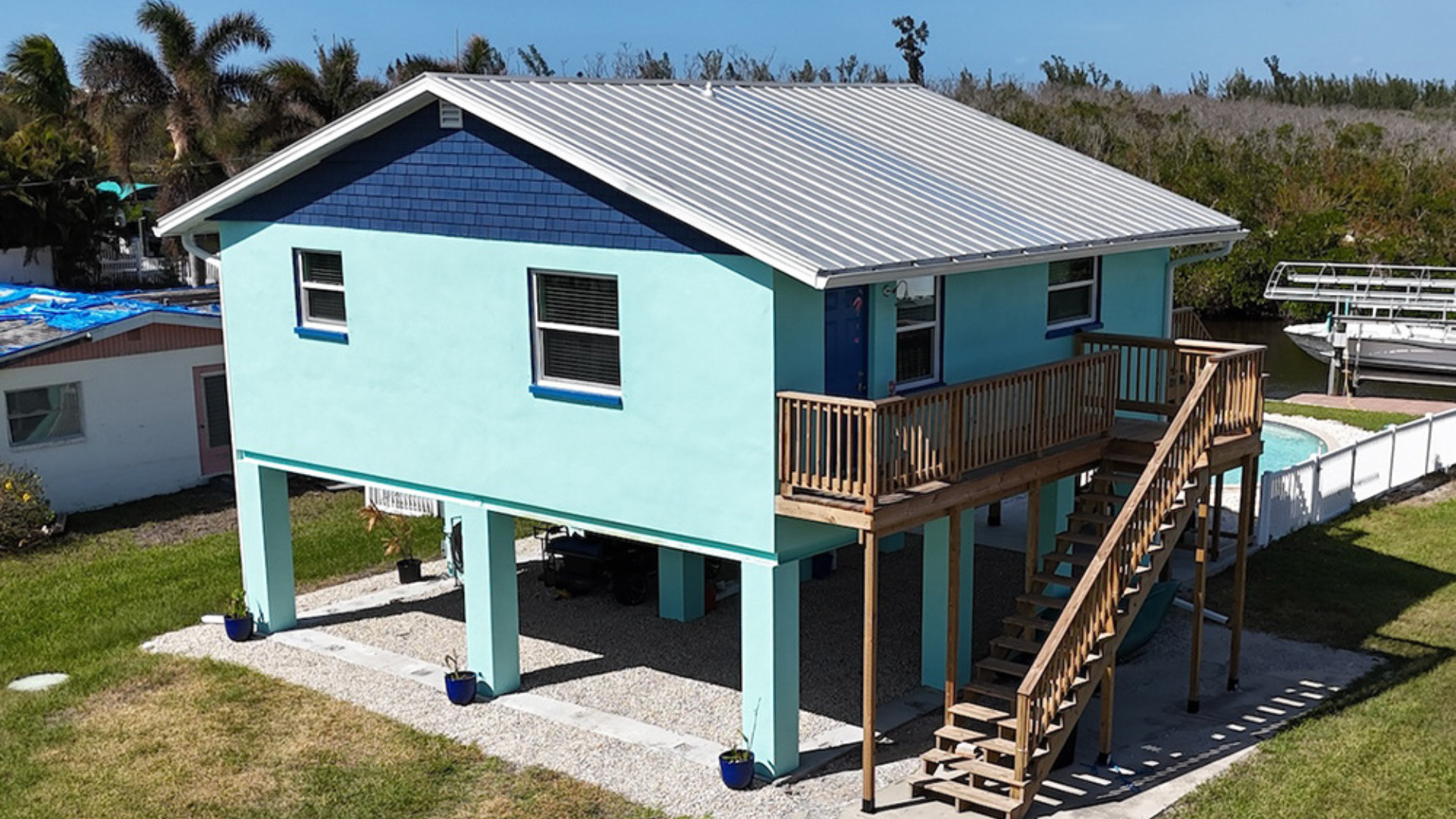Introduction
Raising a house is a big decision—and not one to take lightly. But there are critical times when it’s not only wise, it’s necessary. Whether your foundation is shifting, your home is flooding repeatedly, or your insurance rates are climbing, house elevation could be the most effective solution.
In this post, we’ll cover the 10 most common signs that it’s time to raise your house. These indicators can help homeowners identify risks early, avoid long-term damage, and plan smartly for the future of their property.
1. Frequent Flooding
One of the most common reasons people raise their homes is repeated flooding. If you’re cleaning up water damage year after year, or watching your flood insurance premiums rise, it’s likely time to act.
Raising your home above base flood elevation (BFE) significantly reduces flood risk and can dramatically lower your premiums.
2. Visible Foundation Cracks
If you notice diagonal cracks in walls, stair-step cracks in brickwork, or gaps between floors and walls, your home may be experiencing structural settlement. This is often caused by unstable soil or poor foundation design.
Raising the home allows for a full foundation inspection and gives professionals space to reinforce or rebuild the base.
3. Doors and Windows Don’t Close Properl
When your doors stick or windows don’t open and shut smoothly, it may indicate that your home has shifted out of alignment. This is often a red flag for deeper structural issues—especially in pier-and-beam or crawlspace foundations.
4. Noticeable Floor Slope
Have you ever dropped something round and watched it roll across the room? That’s not normal. A sloping or unlevel floor is another key sign of foundation movement and settling.
Elevation allows contractors to correct this issue and install support systems under a freshly leveled structure.
5. Flood Insurance Premiums Are Too High
Rising premiums can put a significant burden on homeowners. If your insurance provider has designated you in a high-risk flood zone, elevating your house can reduce or eliminate that classification. It’s not uncommon to save thousands annually after a professional elevation.
6. Your Area Has New FEMA Guidelines
Communities affected by hurricanes, tropical storms, or severe weather often receive updated guidance from FEMA. If your property was grandfathered in before new elevation standards, you might now be out of compliance—and at higher risk.
Raising your home to the recommended height protects both your property and your legal standing.
7. You’re Planning a Major Renovation
If you’re already doing a big remodel or addition, it’s a good time to evaluate your foundation condition. Why? Because you’ll already be tearing into key components of your structure. Addressing elevation needs now may be far more cost-effective than returning to it in a few years when problems worsen.
8. Water Pooling or Drainage Issues
After heavy rains, do you notice water pooling around your foundation? This can erode the soil, increase humidity in crawlspaces, and eventually lead to structural damage.
Raising the home allows for better drainage design and water redirection under and around the house.
9. Musty Smells or Mold
If you smell mold or mildew inside your home and can’t identify the source, the culprit may be underneath. Moisture trapped in a crawlspace or pier system can breed mold and affect your indoor air quality. Elevating your home and improving understructure airflow can eliminate these issues for good
10. You’re Preparing to Sell
Raising your home before listing it in a high-risk or flood-prone area can make it far more appealing to buyers. It may even increase resale value. Buyers are increasingly aware of environmental risk and appreciate homes with proactive, long-term solutions already in place.
Table: Signs It’s Time to Raise Your House
| Sign | Root Cause | Potential Risk | Solution via Elevation |
|---|---|---|---|
| Repeated Flooding | Low base elevation | Structural water damage | Raise above flood level |
| Foundation Cracks | Soil movement or aging | Wall/floor instability | Lift and reinforce foundation |
| Stuck Doors & Windows | Frame misalignment | Compromised structure | Structural reset through lift |
| Uneven Floors | Subfloor sagging | Tripping, long-term damage | House leveling during elevation |
| Mold & Musty Odors | Poor crawlspace airflow | Health risks, rot | Improve clearance and ventilation |
Frequently Asked Questions
❓ Will house raising fix my foundation issues?
Yes, in most cases. Lifting the home allows professionals to inspect and reinforce or replace your foundation.
❓ Is it dangerous to live in a sinking home?
Over time, yes. Even small shifts can lead to broken pipes, gas leaks, or increased flood exposure.
❓ How do I know if my home qualifies for elevation?
Most structures can be raised—especially pier & beam, slab-on-grade, and crawlspace homes. A licensed house raising contractor will evaluate and confirm.
How to Get Started
If you’ve recognized one or more of the signs above, the best next step is to speak with a professional. A proper inspection will determine:
- Whether elevation is necessary
- What type of lift suits your home
- How much it will cost
- What permitting is required
Conclusion
House raising isn’t just a solution for flooding—it’s a structural safeguard. If you’re experiencing foundation cracks, poor drainage, or high insurance costs, this could be the best time to act.
With the right team, raising your house is a smart investment in safety, value, and peace of mind. Don’t wait for the damage to become irreversible—elevate your home before the next storm or structural shift.




